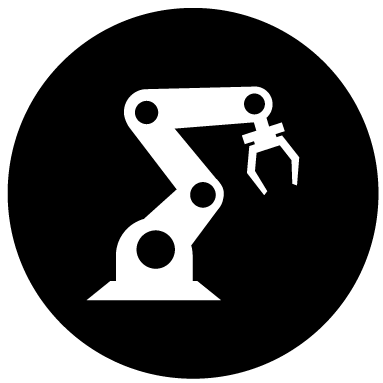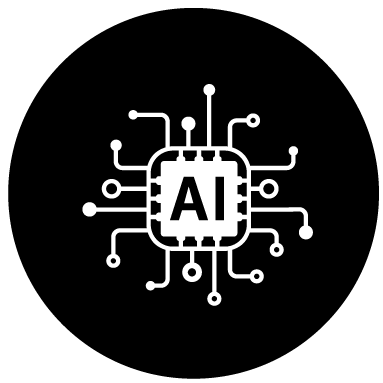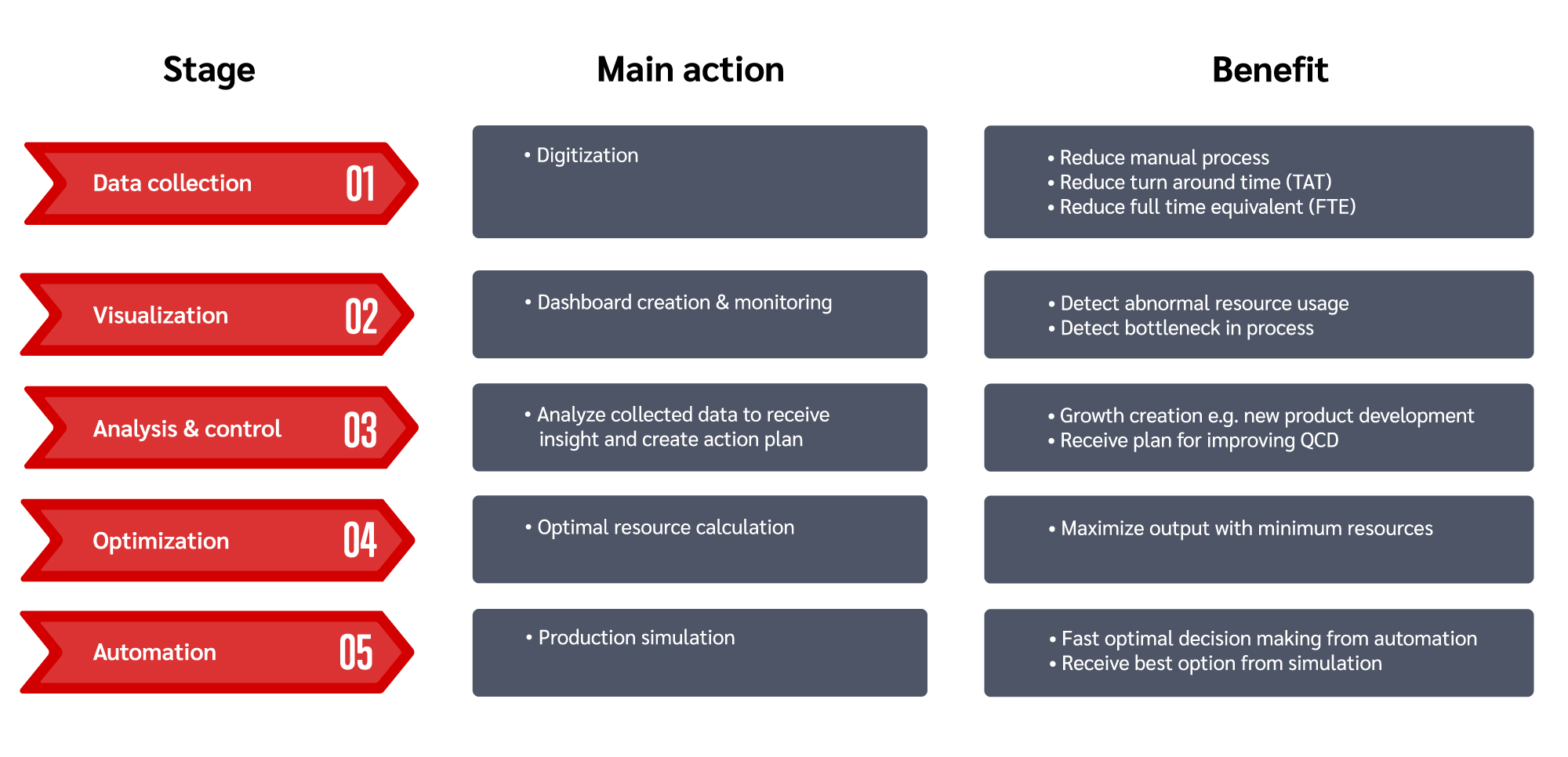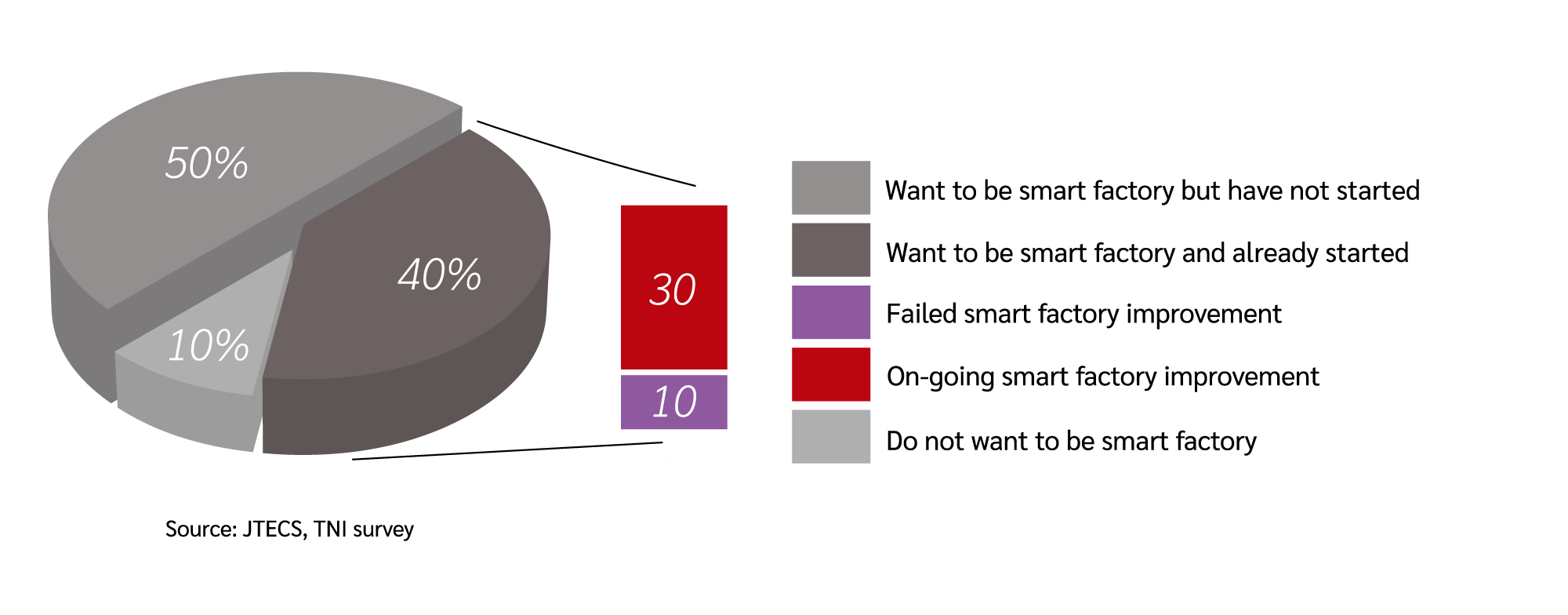Navigating Smart Factory Transformation for Global Level Competitiveness
You have any established goals for your smart factory transformation?

Smart factories streamline production processes through automation, real-time data analytics, and interconnected systems, reducing manual tasks, reworks and resulting in overall efficiency.

Implementing smart factory technologies enables real-time precise monitoring and control of resource utilization, leading to reduced excessive man-hours and operational costs.

Integration of advanced sensors, IIoT and analytics in a smart factory ensures first-time quality and consistent product quality by detecting and addressing defects in real time, reducing waste and leading to zero-defects.

Smart factories are agile and adaptable, allowing organizations to respond promptly to changes in market demand, customer preferences, and industry trends.

More than 90% of manufacturers aspire to become "Smart Factory" to address internal challenges and enhance competitiveness. However, only 30% of companies are actively implementing smart factory improvements.

Without a clear strategic direction from top management, in most cases divisions will come up with their own solutions independently. This results in an overall lack of synergy and limited impact area. The company will most likely miss the opportunity to leverage collective expertise and resources for a more impactful transformation.
This concern arises from an inaccurate expected impact evaluation, leaving decision-makers missing information. Alternatively, one might be overly optimistic, overlooking other related cost i.e. maintenance costs, leading to an inability to sustain the implementation, resulting in its abandonment, and wasted investment.
When technology adoption is driven primarily by technology trends rather than business needs, the company risks investing in solutions that do not contribute to financial impact. This can lead to high investment without the desired return on investment.
In the absence of a designated person in charge (PIC) and effective synchronization mechanisms, various departments and divisions may operate independently, causing duplicated efforts and a lack of coordination. This leads to high resources inefficiencies and delays, and an inability to fully unlock the potential of a synchronized smart factory transformation.
4 Key success factors to guide organizations through the complexities of smart factory implementation, emphasizing the significance of a strategic, goal-oriented, and continuous approach for achieving long-term competitiveness.
Emphasize a business-driven approach over a purely technological perspective when implementing a smart factory. Align policies and processes with overarching business objectives to ensure that technological advancements contribute directly to financial impact. This approach prevents the adoption of technology for its own sake and instead focuses on tangible business benefits.

Before investing significant resources in the implementation, conduct a comprehensive masterplan for the smart factory with a clear vision of the desired end-state. Strategize to set ambitious goals but start with a prototype phase on achievable milestones. This phased strategy allows for agile adjustments and learning from initial successes and challenges, ensuring a more efficient and effective expansion process.

For creating masterplan, the most important step is identifying objective KPIs to convey importance and direction of the smart factory. This involves 3 essential elements: clear guidance from top management and relevant stakeholders, benchmarking against peers, and a thorough analysis of past performance.

Establish a dedicated transformation team to spearhead smart factory initiatives on a full-time basis. This ensures continuity in the long run and prevents disruptions caused by conflicting priorities. The team should comprise individuals with a diverse set of skills, including leadership, technology, operations, and project management, to effectively lead and manage the multifaceted aspects of the digital transformation and smart factory transformation.

Thank you for your interest.
Please fill in some important information and we will be in touch.